COVID-19 Workplace Guidelines for 2023 – What Do We Do Now?
By Dan Darabaris
Three years into dealing with COVID-19, we’ve come to realize that this virus is here to stay for the time being, but the guidelines are becoming more lax with each passing day. The rigorous requirements of isolation and masking we dealt with for so long morphed and then morphed some more, again and again. With so many guideline changes, many employers are asking what policies are currently mandated for the workplace in 2023. The answer really depends upon where your business is located. While the CDC has updated its guidelines, states and cities have their own rules organizations must follow.
Current CDC COVID Guidelines
As of 2/1/23, the CDC recommends the following for the general public (non-healthcare workers):
Whether vaccinated or not, if you have COVID-19, you should isolate yourself from others. If you are sick and think you may have COVID, but you have not yet tested, you should also isolate. If you test negative, you can end the isolation, but if you are positive, you should follow the new isolation guidelines below.
Isolation Recommendations
If you tested positive, stay home for at least 5 days and isolate yourself. Wear a mask when around other people during this time.
How to Count Isolation Period
- If you had no symptoms, Day 0 is the day you tested (not the day you received the results). Day 1 is the first full day after the day you tested. If you develop symptoms within 10 days of Day 0, the isolation clock restarts on the first day of symptoms.
- If you had symptoms, Day 0 is the day your symptoms started, and Day 1 is the first full day after that.
When to End Isolation
- If you didn’t have any symptoms, you can end isolation after Day 5.
- If you had symptoms and they were improving, and you are fever-free for 24 hours (without the use of medication), you can end isolation after Day 5, but you should wear a mask for around others until at least Day 11. If symptoms are not improving, you should isolate until you are fever-free for 24 hours and the symptoms start to improve.
- If you experienced symptoms and had shortness of breath or difficulty breathing, you need to isolate through day 10.
- If you were hospitalized or have a weakened immune system, you should isolate through Day 10 and consult a doctor before ending isolation.
Additional Guidelines
Regardless of when you stopped isolation, until Day 11, you should:
- Avoid being around those you are more likely to get sick from COVID-19
- Wear a mask around others unless you had 2 sequential negative antigen tests at least 48 hours apart
- Not go places where you cannot wear a mask until you can discontinue masking
Based on the above, if an employee has COVID-19, employers should follow these guidelines with regard to the employee’s ability to be present in the workplace, promptly notify workers of exposure, and of course follow any applicable leave laws.
But more requirements may be in place as the CDC guidelines only supplement federal, state, local, and territorial health and safety laws, rules, and regulations. And those laws, rules, and regulations vary. Below are a few examples.
In New Jersey, there are no longer any specific COVID-19 worker rights and protections in place; however, the state does provide the following recommendations for businesses:
- Follow the CDC guidelines
- Encourage unvaccinated employees, customers, and guests to wear masks
- If requiring masks or gloves, provide them to employees
- Provide approved sanitization materials for employees and visitors at no cost
- Provide employees with sufficient break time for hand hygiene
- Perform routine cleaning and disinfection of all high-touch areas
- Conduct daily health checks before each shift (temperature screenings, symptom checking, questionnaires)
- Keep sick employees from entering the workplace and follow the applicable leave laws
- Encourage sick employees to stay home
- Promptly notify employees of any known exposure to COVID-19 at the workplace
Although New Jersey doesn’t have any COVID-19-specific sick leave or job security policies, businesses are still required to follow existing sick leave and job protection laws. Additionally, employers must abide by OSHA, which requires them to provide a safe and healthy workplace free from recognized hazards that are likely to cause death or serious harm – and the agency has been consistent during the pandemic that employers are obligated to prevent occupational exposure to COVID-19 under the general duty clause. In relation to COVID-19, OSHA specifically suggests that employers instruct workers who have COVID-19, those who are unvaccinated and have had close contact with someone who tested positive, and workers who have symptoms to stay home from work.
So while New Jersey does not have any workplace rules in place, there are significant recommendations, and federal rules, that employers should follow.
New York has stated that it is following CDC guidance when it comes to COVID. In addition, it recently extended the state law requiring paid leave for COVID-19 vaccination effective date through December 31, 2023, and it continues to require employers to provide paid COVID-related leave.
In California, a bill was passed allowing employers to prominently display a notice regarding COVID exposure, where other notices are placed with the dates the employee with COVID was at the workplace, in lieu of written notice being sent to employees.
As you can see with just the different laws in these three states, it’s important to stay up to date on what your state and local governments, along with the federal government, are requiring.
How to Proceed
While the wrath of COVID-19 may have subsided, employers need to be diligent. Moving forward, they should:
- Follow current guidelines, rules, laws, and recommendations
- Monitor federal and local law and rule changes
- Keep on top of changing CDC guidelines
- Be prepared for potential surges
- Reinforce workplace safety
- Continue to openly communicate with employees
 En Español
En Español








